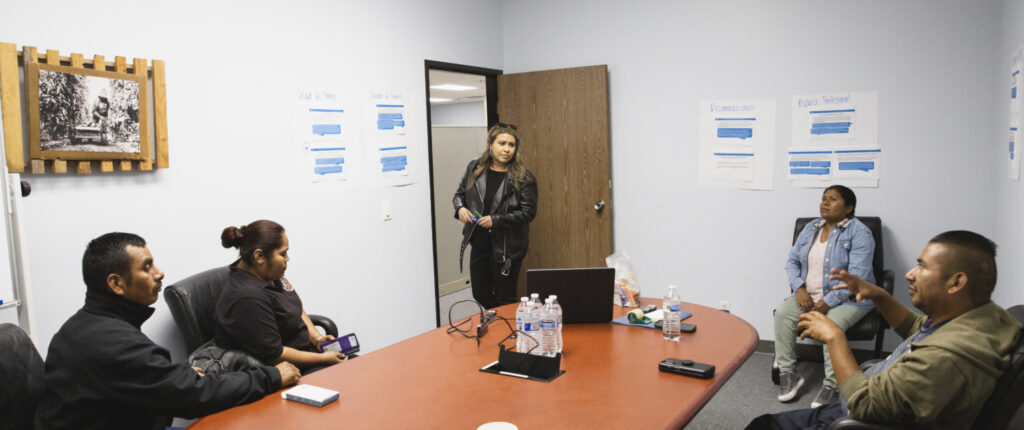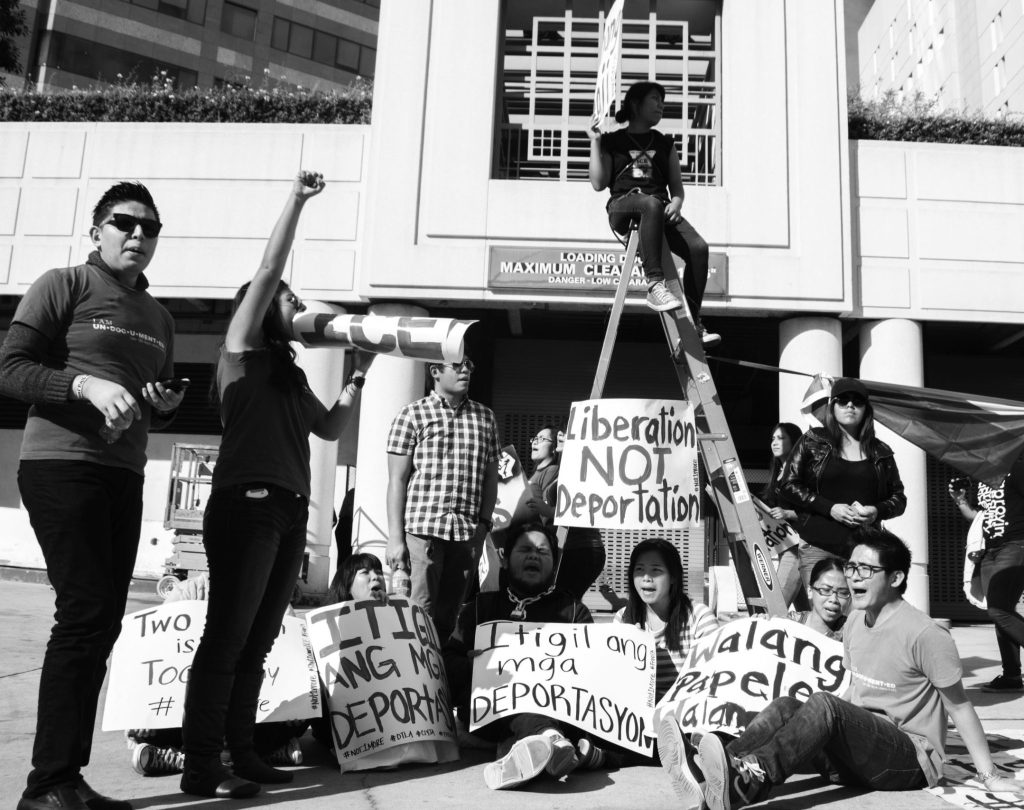The COVID-19 pandemic has exacerbated preexisting social and economic inequalities, particularly for BIPOC and undocumented workers concentrated in low-wage industries. The public workforce development system is key in creating opportunities for socioeconomic mobility, but has struggled to meaningfully serve California’s most marginalized job seekers and workers.
New Directions in Racial and Economic Justice: How California’s Worker Centers Are Bringing Worker Power into Workforce Development finds that worker centers are invaluable actors in the state’s public workforce development system. Worker centers –– community-based organizations created by and for BIPOC and immigrant job seekers and workers in low-wage industries –– provide a comprehensive alternative to the status quo of workforce development through fostering leadership development, movement building, and systemic change.
Key takeaways include:
Worker centers show that it is possible to reach low-wage workers and industries that have traditionally been beyond the grasp of workforce development providers. Worker centers take a community- and worker-centered approach that combines workforce development with popular education, leadership development, community organizing, and policy advocacy to provide support for the most underresourced populations, and to pursue long-term improvements in low-wage industry labor standards and the community overall.
Worker centers demonstrate that working at the intersection of workforce development and labor standards enforcement can create new opportunities to transform low-wage work. This approach puts mechanisms in place to improve workplace environments and employer compensation of worker skills, issues that must be addressed in order for workforce development to create genuine career pathways and socioeconomic mobility for low-wage workers.
Worker centers model how community organizing and policy advocacy are important tools needed to change the very fabric of the workforce development system, as well as other, adjacent systems that contribute to inequality. Worker centers build coalitions that center and leverage the collective power of low-wage workers and underserved communities. The result is to transform low-wage industry labor standards and increase worker access to socioeconomic opportunity.
As the country focuses on economic recovery from the COVID-19 pandemic, researchers emphasize that a holistic and comprehensive approach to workforce development is needed in order to meaningfully serve the most disadvantaged communities, improve industries with the most degraded labor conditions, and to work across systems (e.g., the criminal justice system, the immigration system) to promote the economic well-being of all Californians.

